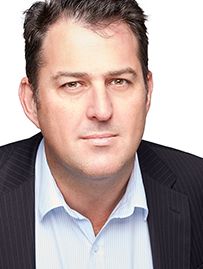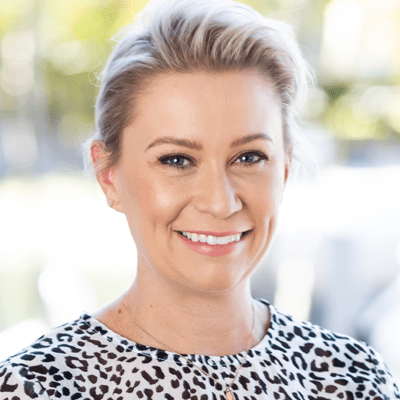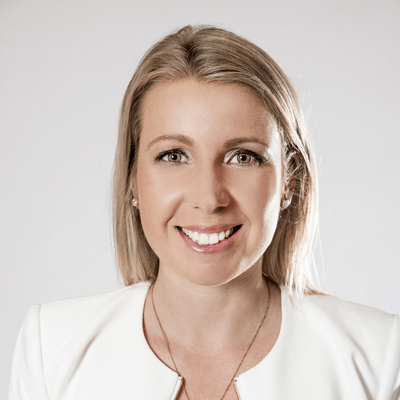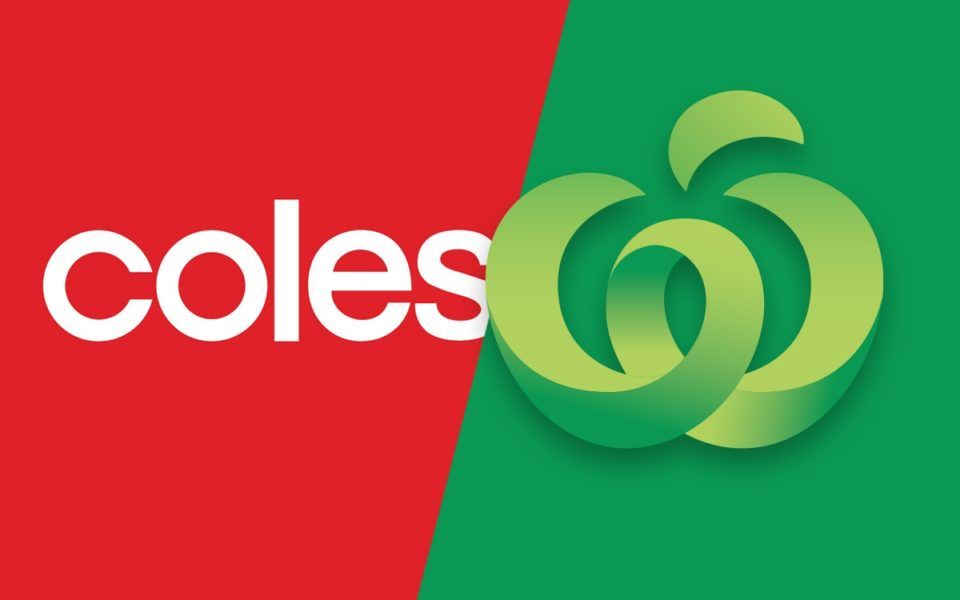Hi Bernie,
You have a few options when looking to invest for your children’s future – and asking the question is the first step.
There are a few key issues when looking to invest for your children, which I have outlined below.
1. The vehicle you invest through; and
2. The investment choice you make in.
We will start with the product first. The two most common methods of investing for your children are a regular investment account through a retail investment platform, or through insurance bonds (aka investment bonds) or individual investments like exchange traded funds.
A regular investment account and ETF’s are held in your own name and is included on your tax return. Most regular investments are able to be started with an initial deposit of as little as $100, with more comprehensive options having minimum initial balances of between $1,000 – $10,000. ETF’s are more suited to lump sums as each transaction needs to be handled via the stock exchange.
The investment options available will vary depending on the platform you are using and will often be correlated with fees. We wouldn’t typically put these into the children’s names as minors are taxed at a significantly higher rate (66%) than an adult when they start to earn a decent income.
An investment account will allow you deposit funds into it through direct debit or BPay, and then subsequently invest the funds how you choose. This allows you to have direct control over your investments and also allows you to access these funds at any time. One of the downsides to this is that any income or capital gains tax from your investments will be included in your personal tax return.
The other main vehicle is an insurance bond. An insurance bond will usually require a minimum of about $1,000. These are similar to a regular investment account, however rather than being held in your own name, the funds are contributed to an insurance company which will then invest the funds on your behalf.
What this means is that any income or capital gains tax is paid by the company and does not affect your personal tax return. If held for longer than 10 years, no additional tax is payable by you upon withdrawing the funds. There are some other rules regarding tax as well that may require consideration if you don’t hold for the full ten years.
For the investment choice you make, we would typically recommend you invest into a diversified portfolio specifically looking for low-cost options – your exact choice on your personal risk tolerance as growth options can be volatile. This will allow you to invest in the broad market and will likely provide a great option for the least amount of effort. The longer your time frame the higher your exposure to growth assets would typically be
We advise against stock picking or attempting to time the market, as research has shown that a regular buy-and-hold strategy will on average yield better results for the investor than trying to outperform the index.
My first recommendation would be to find a financial adviser you trust and work with them to find a vehicle and investment strategy that works with your current circumstances, as an adviser will often also have access to wholesale fee structures and information which can reduce the overall cost to you.
If you aren’t able to work with a financial adviser, try looking for a low-cost platform and invest into a diversified fund matching your time frame, with regular contributions into it. This will provide you diversification and exposure to the growth assets you want to attempt to maximise your return over the long-term.





















